PsychNewsDaily Publishers
100 Summit Drive
Burlington, MA, 01803
Telephone: (320) 349-2484
PsychNewsDaily Publishers
100 Summit Drive
Burlington, MA, 01803
Telephone: (320) 349-2484
The 1970s featured iconic radio DJs like Wolfman Jack, Casey Kasem, and Larry Lujack, who significantly influenced music trends and popular culture across the United States.

The 1970s was a golden era for radio from coast to coast. During this time, many radio DJs became iconic figures, shaping the sound of the decade and influencing popular culture.
This article highlights nine legendary radio DJs and their shows that captured listeners’ hearts and created lasting memories.
These DJs were not just voices on the airwaves; they were trendsetters who introduced new music and brought entertainment to millions. Their unique styles and engaging personalities made radio a vital part of everyday life for people across the nation.

Wolfman Jack, born Robert Weston Smith, was a famous radio disc jockey known for his unique style. He became popular in the 1960s, 1970s, and 1980s. His deep voice and lively personality made him a favorite among listeners.
Over 2,000 radio stations across 53 countries aired his shows. Wolfman Jack also had a special connection with the Armed Forces, broadcasting on Armed Forces Radio from 1970 to 1986. His shows were packed with energy and rock-and-roll music.
Wolfman Jack’s influence reached beyond radio. He inspired the film “American Graffiti,” which highlighted the culture of that time. He became a symbol of the fun and freedom of rock music.
His memorable catchphrases and the way he connected with fans set him apart. Even today, many people remember him fondly for his impact on radio and music culture.
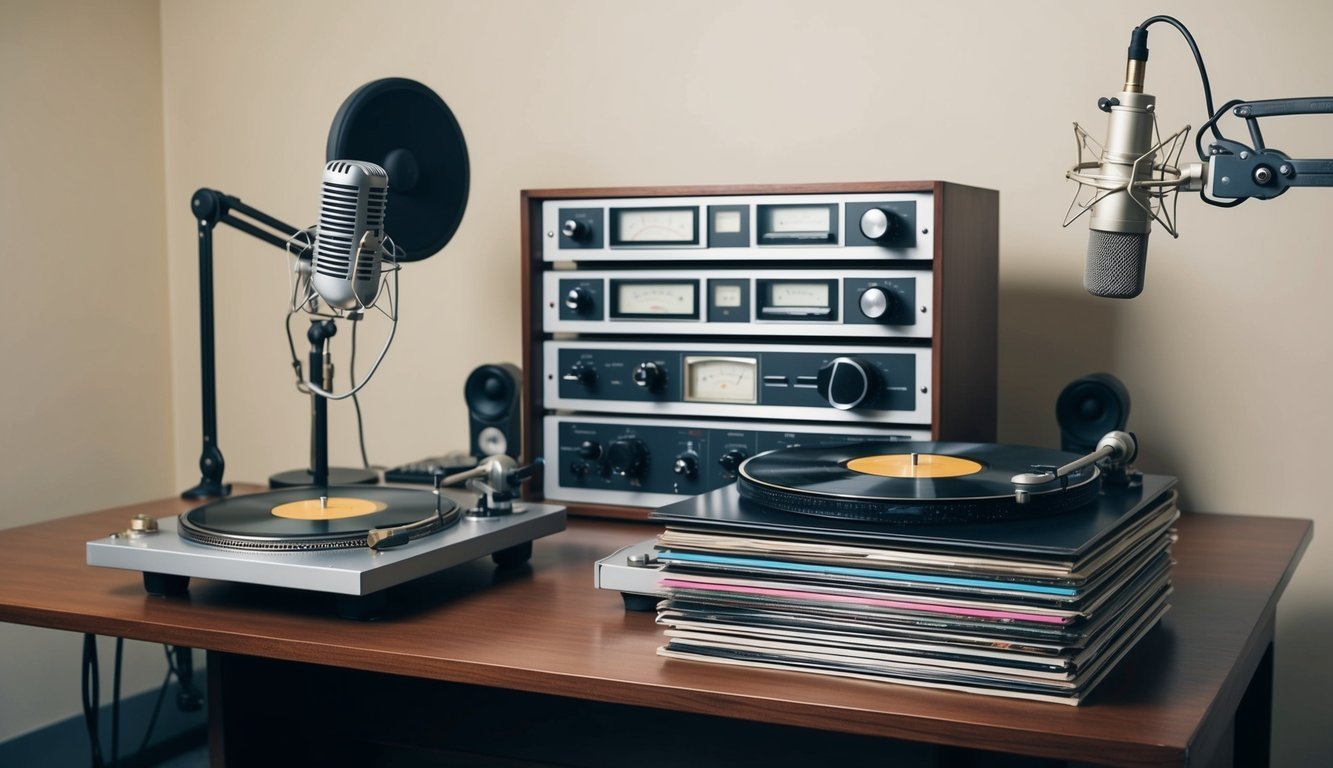
Casey Kasem’s American Top 40, often known as AT40, was a groundbreaking radio show that started on July 4, 1970. It quickly became popular for counting down the top 40 songs in the country each week.
Kasem was known for his warm voice and friendly style. His storytelling made the music feel personal. Listeners enjoyed his insights into the artists and songs they loved.
The show featured hits from many genres, reflecting the changing music scene of the 1970s. It continued to grow in popularity, reaching millions of listeners every week.
American Top 40 became a launching pad for many artists. It helped define pop culture and brought attention to new music trends. The show ran with Kasem as the host until 1988, making it a key part of radio history.
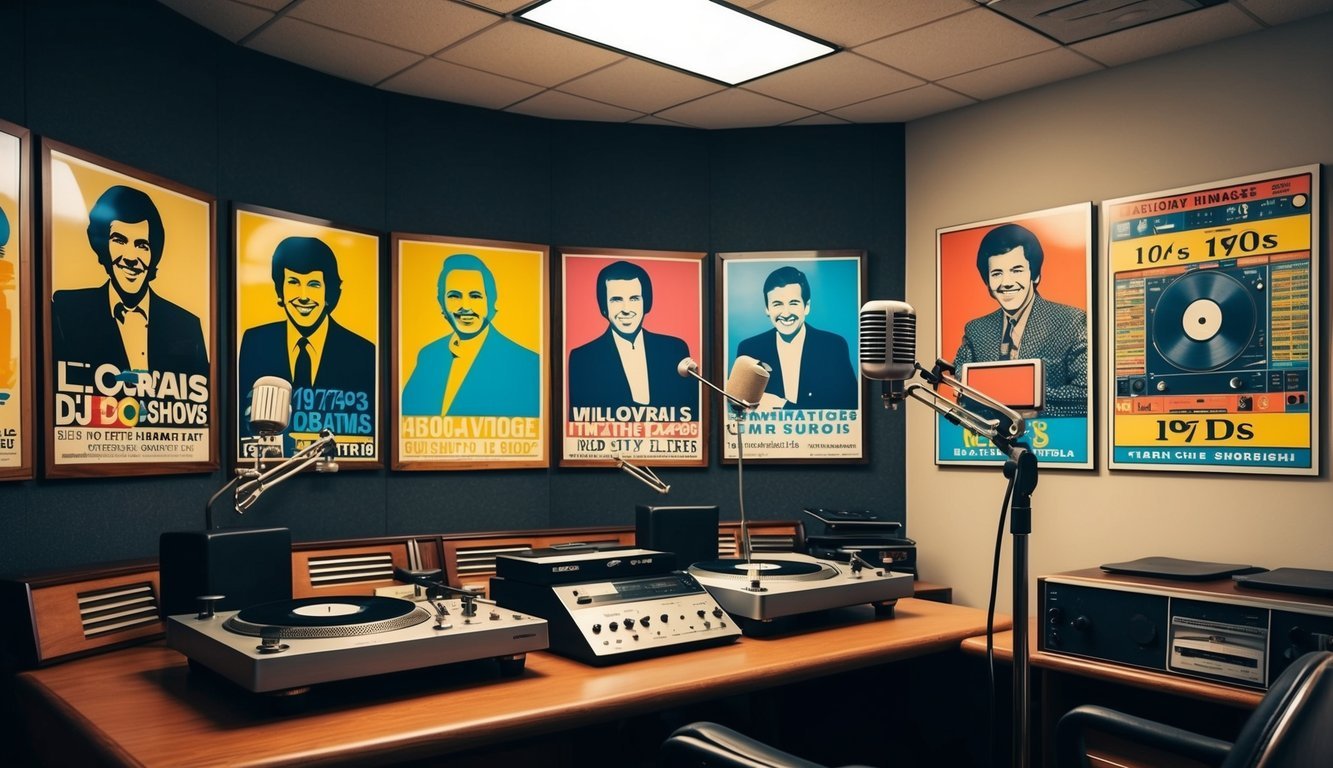
Dr. Don Rose was a well-known radio personality, famous for his work on KFRC AM in San Francisco. He became a popular figure from the early 1970s to the mid-1980s. His cheerful style and engaging personality made him a favorite among listeners.
Born Donald D. Rose, he started his radio career in 1955. He worked at several stations before joining KFRC, where he truly made his mark. His show featured a mix of music, lively commentary, and fun segments.
Dr. Don was known for his humor and ability to connect with his audience. He played a big part in shaping the Top 40 format during his time on air. Many listeners fondly remember tuning in to hear his voice each morning.
He passed away in 2005 after a battle with pneumonia. His legacy lives on in the memories of those who enjoyed his broadcasts and his contributions to radio.
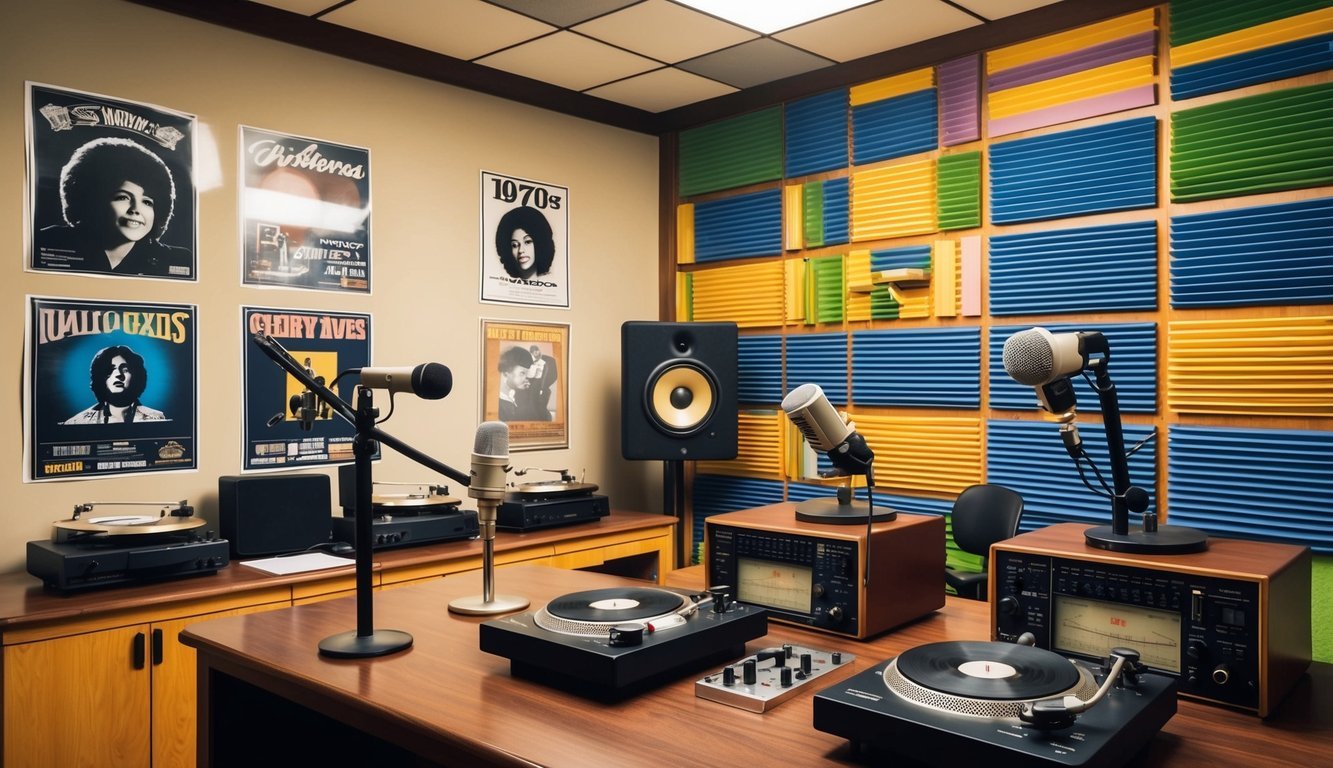
The Real Don Steele was a famous radio DJ known for his lively personality. He worked at KHJ in Los Angeles during the 1970s, a time when top-40 radio was extremely popular.
Steele was known for his engaging style and catchy phrases. He helped make the “ultrahip” sound of Boss Radio a sensation. His show, “The Real Don Steele Show,” captivated listeners for many years.
Beyond radio, Steele also had a television show that aired from 1965 to 1975. It featured music and fun segments, making it a hit among fans.
Steele’s impact on radio and entertainment during the 1970s was significant. He remains a beloved figure in the history of broadcasting. His work continues to inspire new generations of DJs and radio hosts.
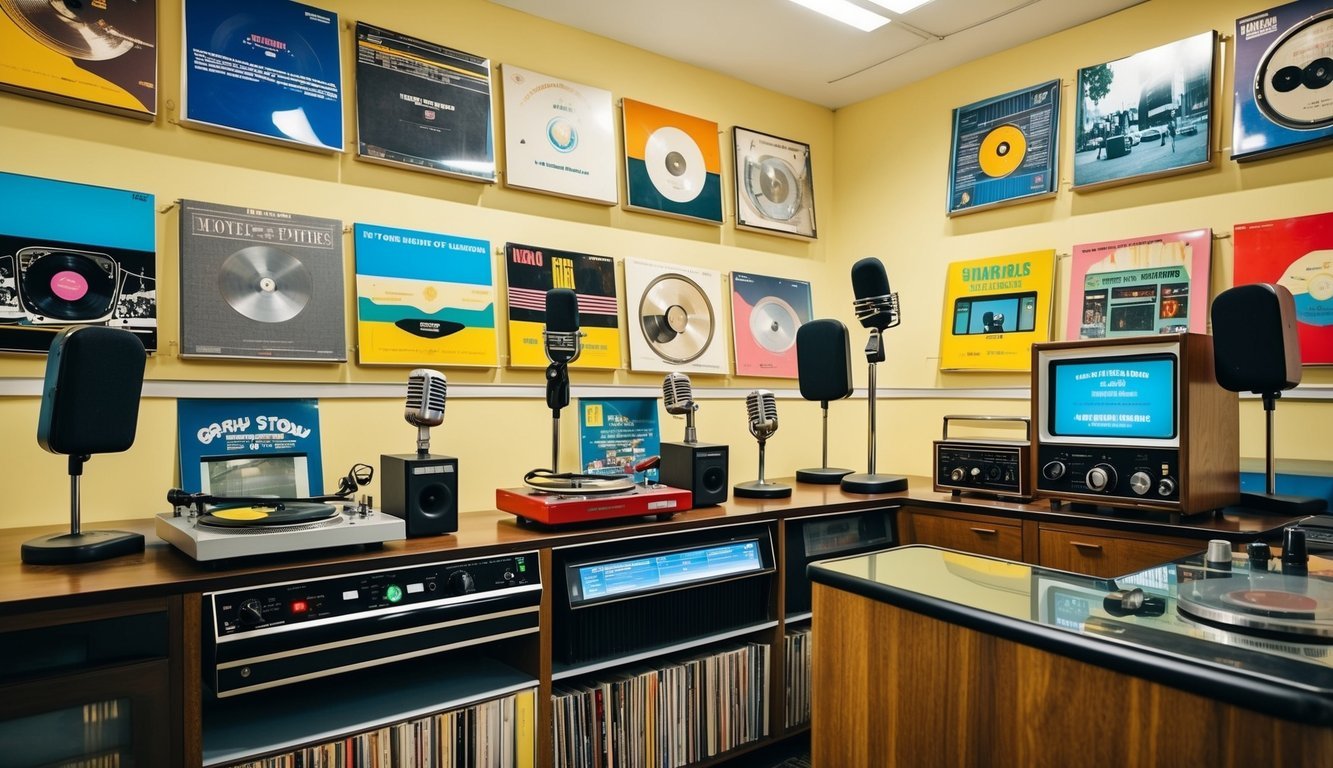
Larry Lujack, known as the “Superjock,” was a popular radio DJ in the 1970s. He worked mainly at WLS in Chicago, where he became a huge favorite among listeners.
His style was unique, mixing humor with a sarcastic tone. Fans loved his segments like the “Klunk Letter of the Day,” which showcased his fun personality.
Lujack’s authenticity made him stand out. He connected with his audience in a way that few others did.
In addition to his entertaining on-air presence, he also played a wide variety of music. This helped draw in a diverse crowd of fans.
His impact on radio is still remembered today, as he set a new standard for DJs. Larry Lujack remains a legendary figure in the history of radio broadcasting.
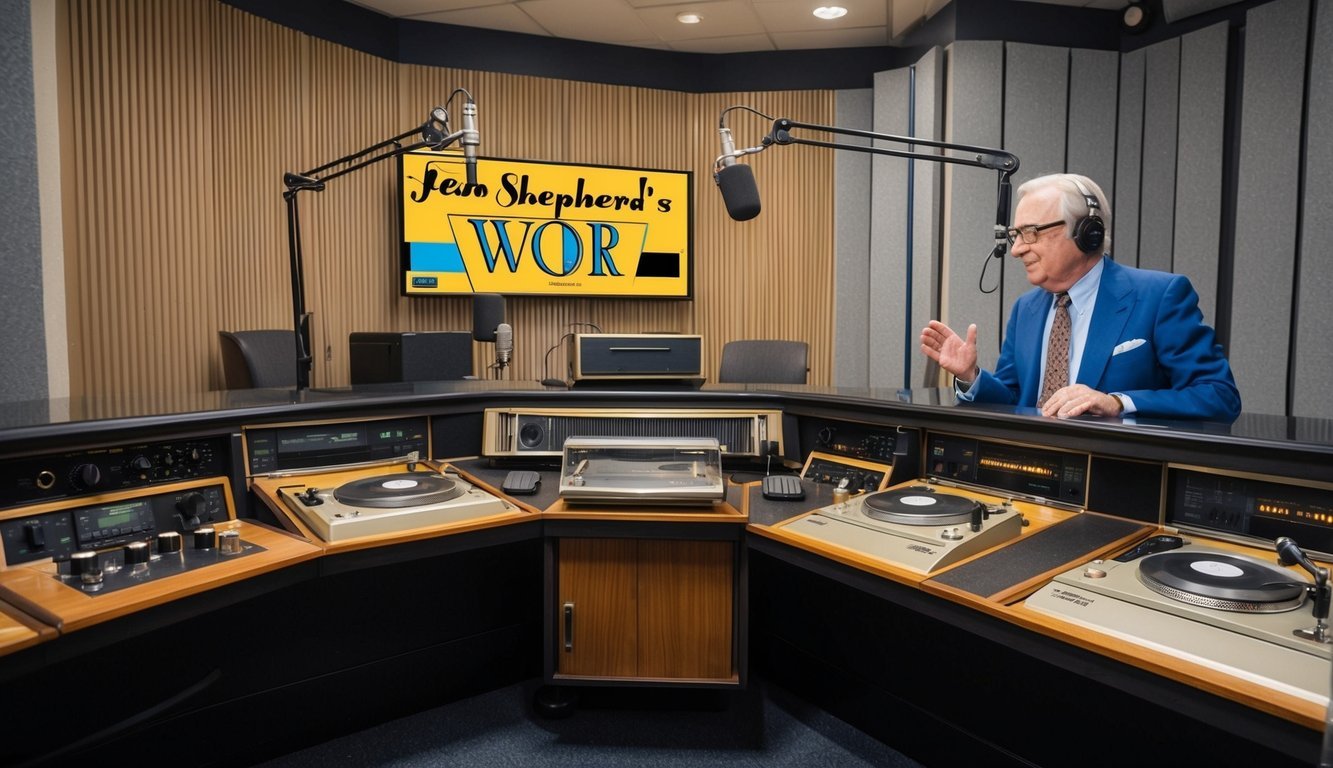
Jean Shepherd was a well-known figure on WOR radio in New York during the 1960s and 1970s. His show attracted many listeners with its mix of storytelling, humor, and satire.
He often shared amusing anecdotes about his life, growing up in Indiana, and his experiences. Shepherd’s unique style kept audiences engaged late at night.
The program originally aired from 11:15 PM to midnight before changing to a later slot from 10:15 PM to 11 PM. His storytelling talent, especially his tales about characters like Ludlow Kissel, became fan favorites.
Listeners loved his humorous takes on everyday life and his thoughts on various topics. Shepherd’s charm and wit made him a beloved voice on radio during that era.
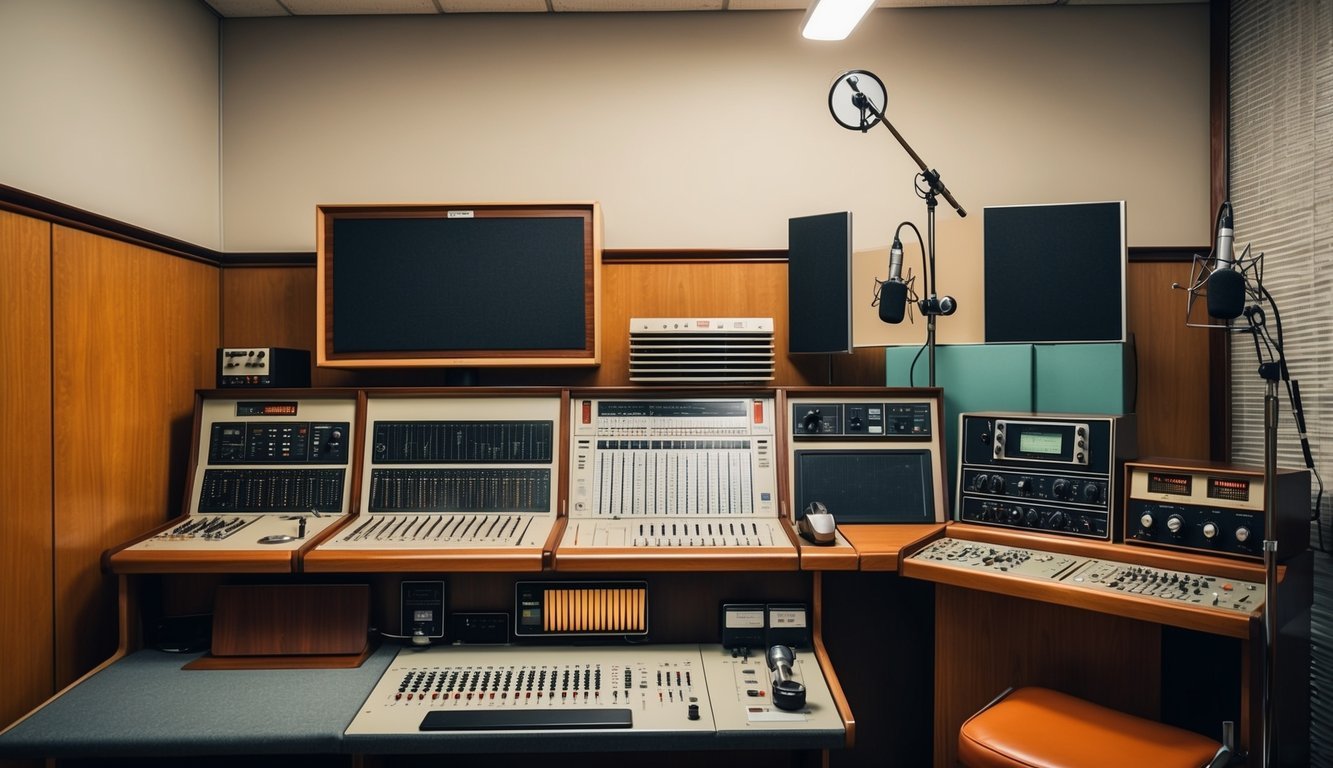
Annie Nightingale made history as the first female presenter on BBC Radio 1 in 1970. Her role was groundbreaking in a male-dominated industry. She became a key figure in radio, paving the way for future female broadcasters.
Annie was not just a voice on the radio; she also hosted BBC Television’s “The Old Grey Whistle Test.” This show highlighted new music and showcased many artists. Her passion for music helped her connect with listeners and inspire many.
As Radio 1’s longest-running DJ, she became known for her unique style and enthusiastic support for new artists. Throughout her career, she championed a variety of music genres.
Annie’s influence extended beyond her shows. She played an important part in the careers of many musicians. Her presence on the airwaves helped change how audiences viewed women in music broadcasting.
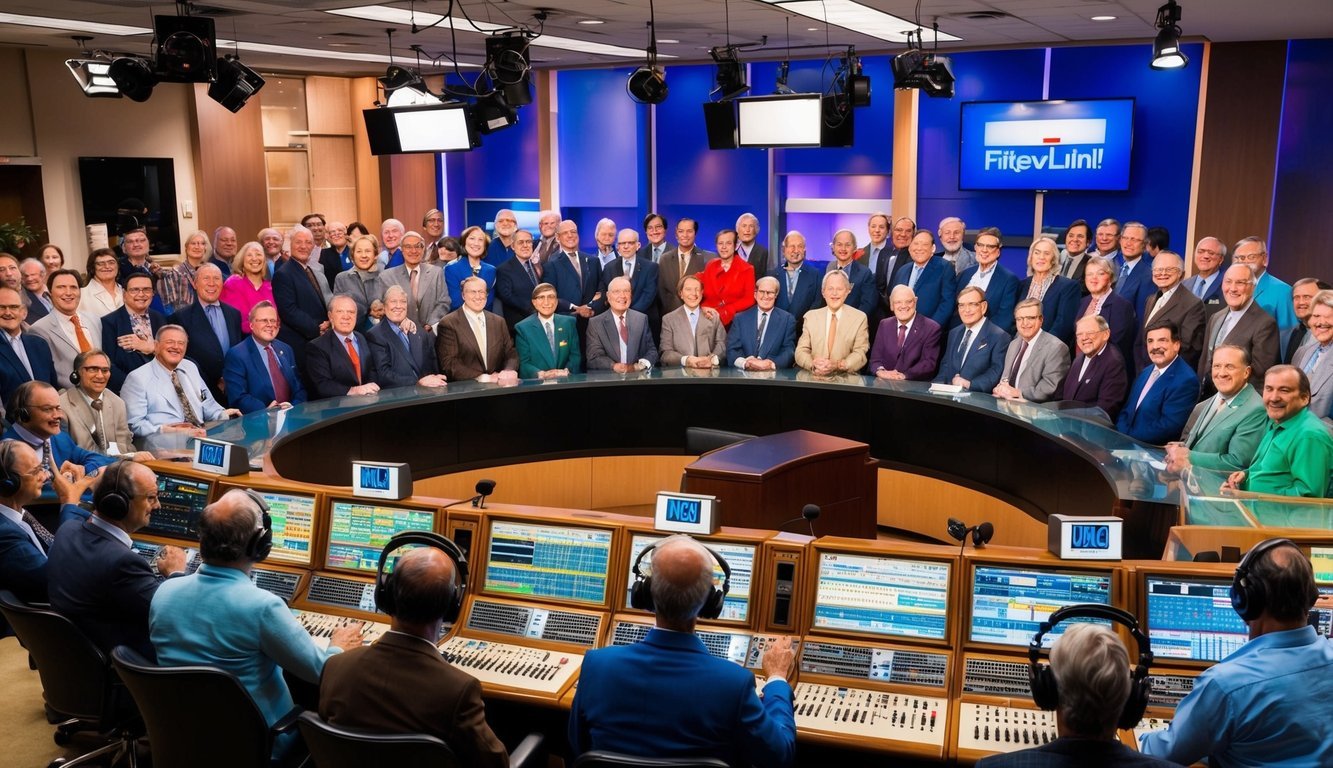
Rush Limbaugh, known as Jeff Christie early in his career, began his journey in radio during the 1970s. He started out at WIXZ, a small Top 40 station in McKeesport, Pennsylvania.
Limbaugh brought energy and personality to the airwaves, quickly becoming a favorite among listeners. His style helped shape his future as a major radio figure.
After WIXZ, he moved to KQV in Pittsburgh. This was a key moment in his career, as he started to gain more recognition.
Limbaugh’s experiences as Jeff Christie laid the groundwork for his later success. He eventually became a well-known conservative talk show host with a large audience across the country. His early days in Pittsburgh helped him develop his craft and find his voice.

John Records Landecker is a well-known figure in radio history. He was born on March 28, 1947, and became famous for his work as a disc jockey.
Landecker gained popularity in the 1970s, especially at WLS AM in Chicago. His show was notable for its energy and the way it connected with listeners.
He has a unique way of speaking and often used the phrase “Records truly is my middle name.” This catchy line made him memorable.
Landecker is considered a legend in the Top 40 radio scene. His contributions helped shape the sound of the era and influence many future DJs.
He was raised in Ann Arbor, Michigan, which added to his charm. His talent and style made him an important part of many people’s lives during the 70s.
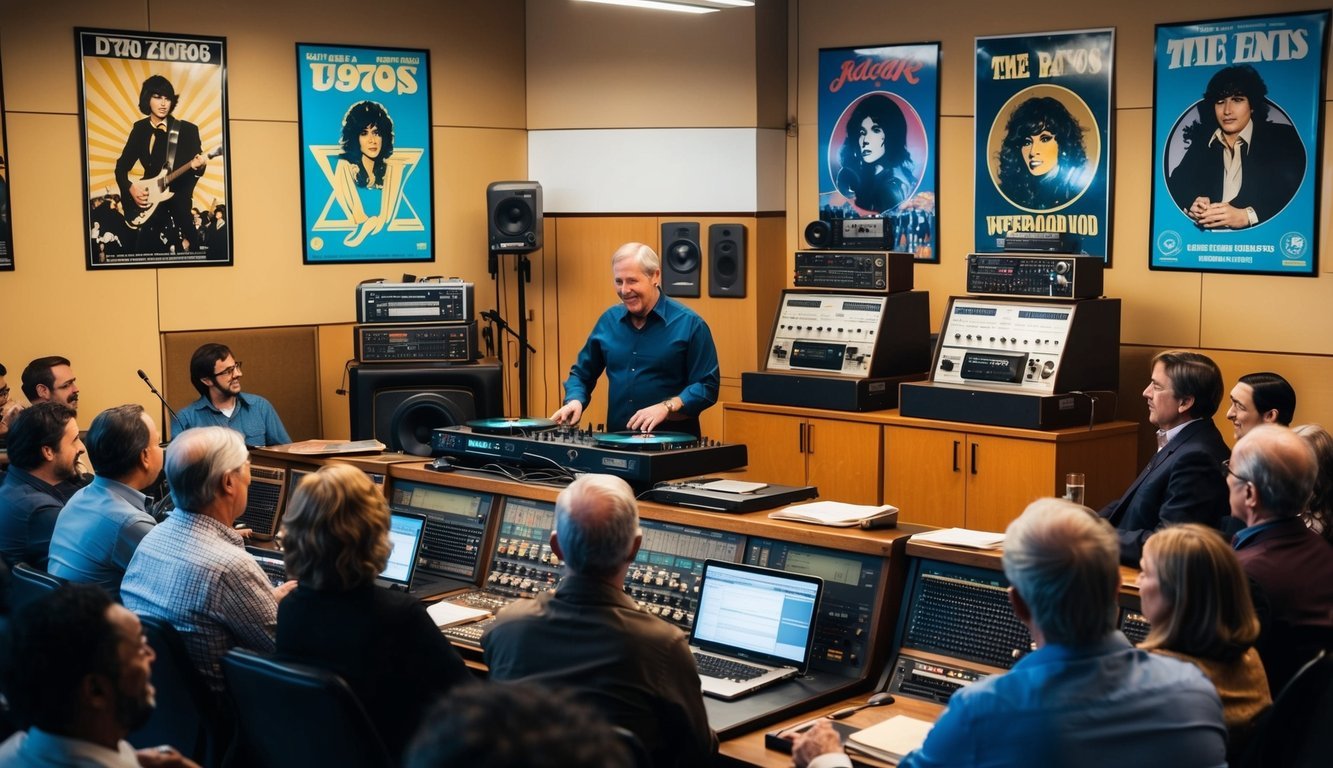
The 1970s were a transformative time for radio DJs. They not only shaped music trends but also left a lasting mark on popular culture. Their unique styles and ways of connecting with audiences created a vibrant listening experience.
Radio DJs in the 1970s were key in promoting new music genres. They played an essential role in the rise of rock, funk, and disco. DJs like Wolfman Jack and Casey Kasem introduced audiences to emerging artists and songs.
DJs often curated playlists based on listener requests. This made them influential tastemakers, helping to launch hits that became classics. The Top 40 format gained immense popularity during this time, allowing DJs a powerful voice in what songs made it to the charts.
The impact of 1970s DJs extended beyond music. They became cultural icons, setting trends in fashion, language, and entertainment. Their lively personas resonated with listeners, leading to devoted fanbases.
DJs often engaged in live events, drawing crowds that highlighted their popularity. Programs like “American Top 40” not only showcased music but also reflected social changes. Through discussions and commentary, DJs shaped public opinion on various issues, making them vital figures in American culture.

The 1970s marked a significant shift in radio broadcasting technology. Key advancements shaped how music and information were delivered to audiences. The rise of FM radio and improvements in sound quality played crucial roles in enhancing the listening experience.
In the 1970s, FM radio gained popularity because of its superior sound quality compared to AM. FM broadcasting uses frequency modulation, which reduces noise and static. This made music sound clearer and more dynamic.
FM radio’s rise was also supported by advancements in transmitter technology. More stations began to adopt FM, offering diverse programming. By the end of the decade, FM accounted for a significant share of the radio market. Listeners enjoyed everything from music shows to talk radio on FM stations.
The 1970s saw major upgrades in sound quality for radio broadcasts. New technologies like stereo broadcasting became more common. This allowed listeners to experience richer, fuller sound.
Digital processing started to emerge, enhancing audio clarity. With improvements in record players and tape decks, the music quality improved significantly. DJs could now mix tracks with much greater precision, attracting larger audiences. These changes laid the foundation for a modern radio experience, setting the stage for future innovations.
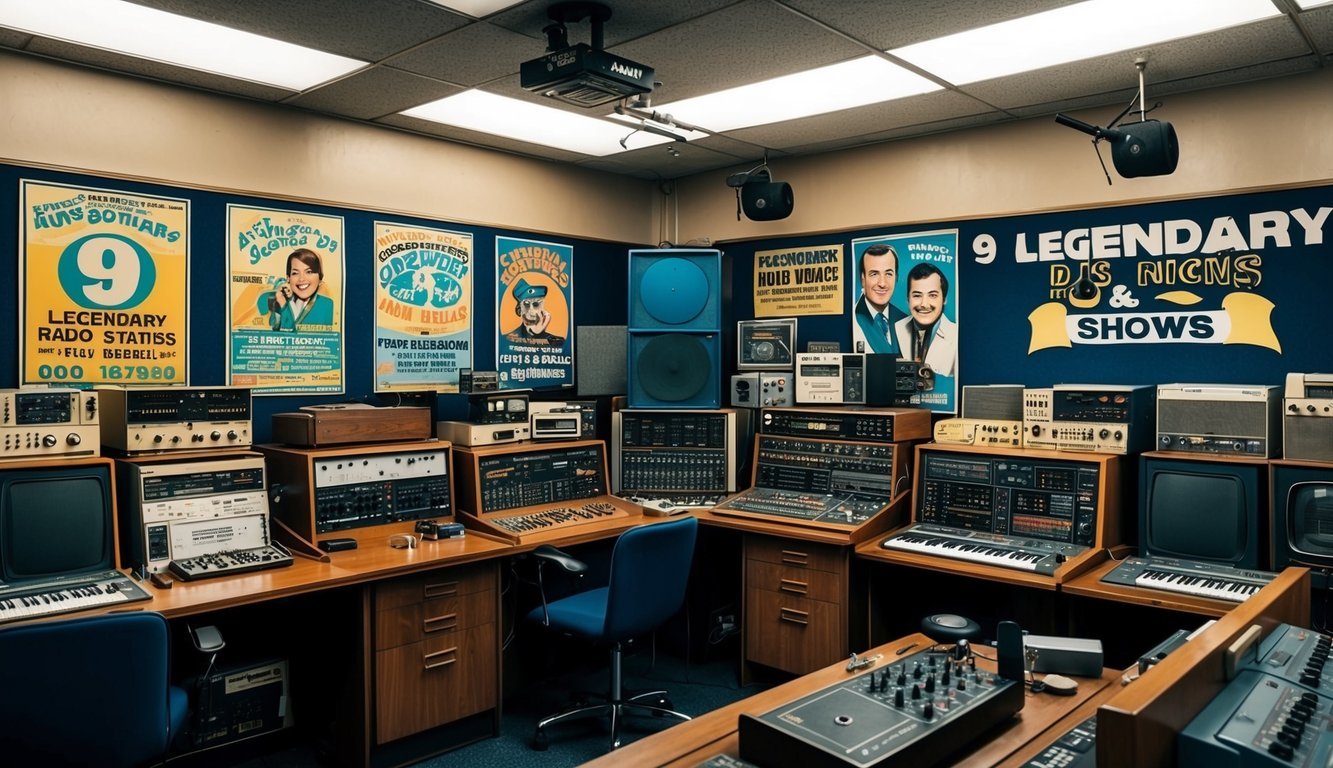
The 1970s was a vibrant time for radio, filled with shows and personalities that left a lasting impact. Listeners connected with many DJs and programs, which shaped music and culture in unique ways.
One of the most famous shows was Casey Kasem’s American Top 40. It showcased the top hits and introduced listeners to new music. Another noteworthy mention is Larry Lujack’s Superjock, known for its entertaining style and humor.
Some of the most recognized male DJs included Wolfman Jack, who had a distinctive style and drew in large audiences. Dr. Don Rose was also popular for his engaging shows in various markets.
The BBC had its share of notable figures. John Peel was influential in promoting new music and discovering talents. Tony Blackburn was another key personality, known for his lively presentations.
Wolfman Jack had a significant influence, blending rock and roll with soul music. Meanwhile, DJs like The Real Don Steele also played a key role in shaping tastes and creating memorable listening experiences.
In addition to Wolfman Jack, names like Dr. Don Rose and Larry Lujack often come to mind. Each brought their own flavor to radio, connecting with fans in ways that still resonate today.
Radio in the 1970s leaned more into personality-driven content. DJs were not just presenters; they often became entertainers. The use of music charts and call-in segments became common during this decade, enhancing listener interaction.